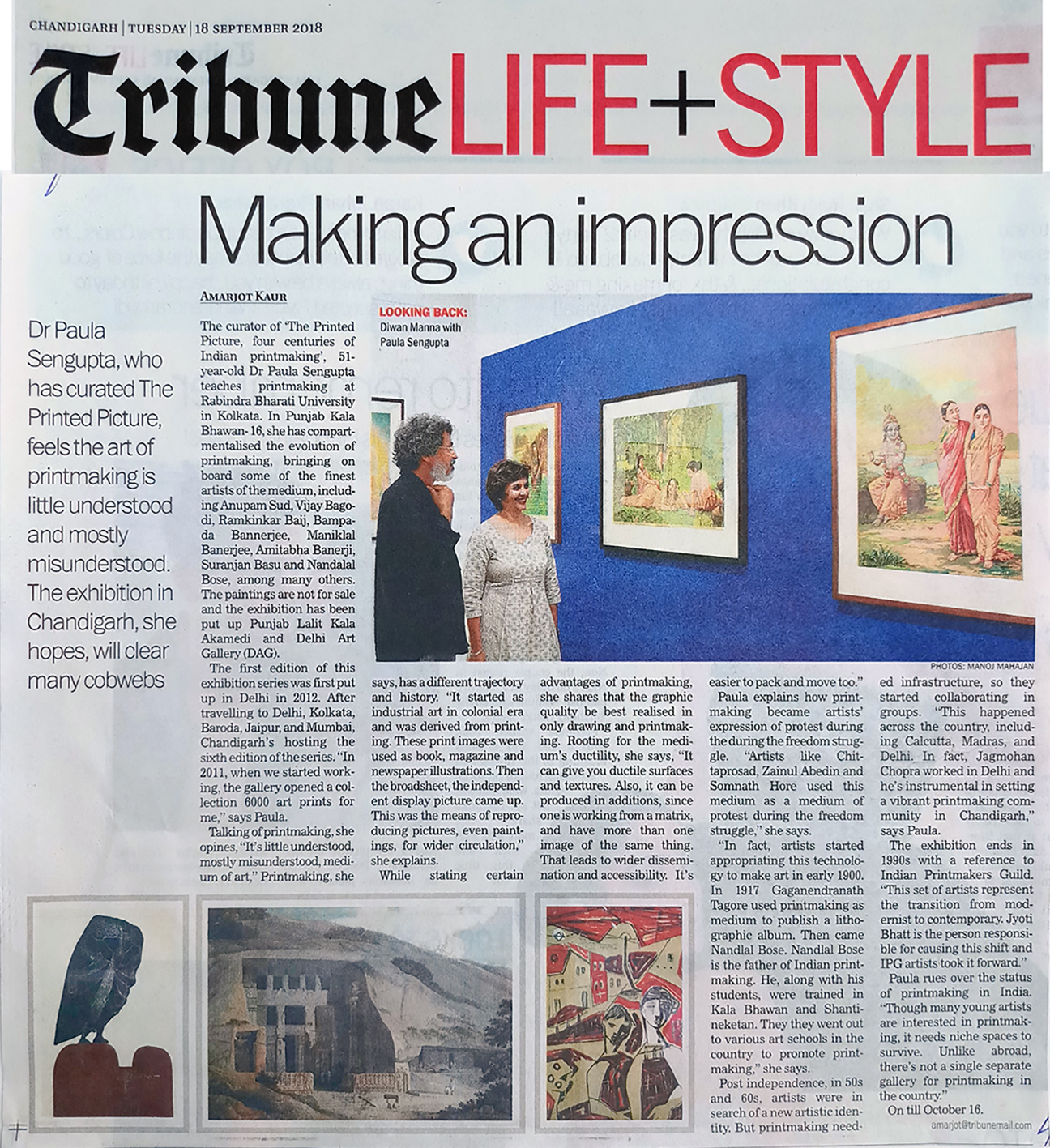The Tribune
Posted at: Sep 18, 2018, 12:49 AM; last updated: Sep 18, 2018, 12:49 AM (IST)
Making an impression
Dr Paula Sengupta, who has curated The Printed Picture, feels the art of printmaking is little understood and mostly misunderstood. The exhibition in Chandigarh, she hopes, will clear many cobwebs
Amarjot Kaur
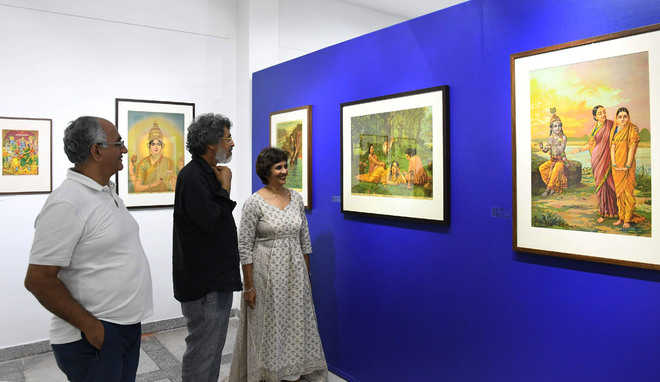 Looking back: Diwan Manna with Paula Sengupta
Looking back: Diwan Manna with Paula Sengupta
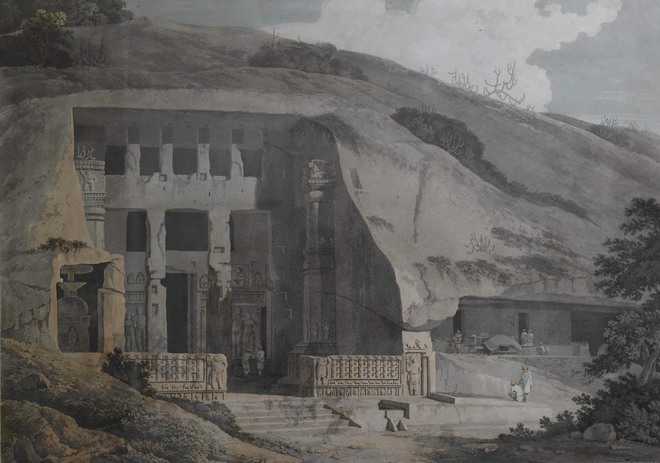
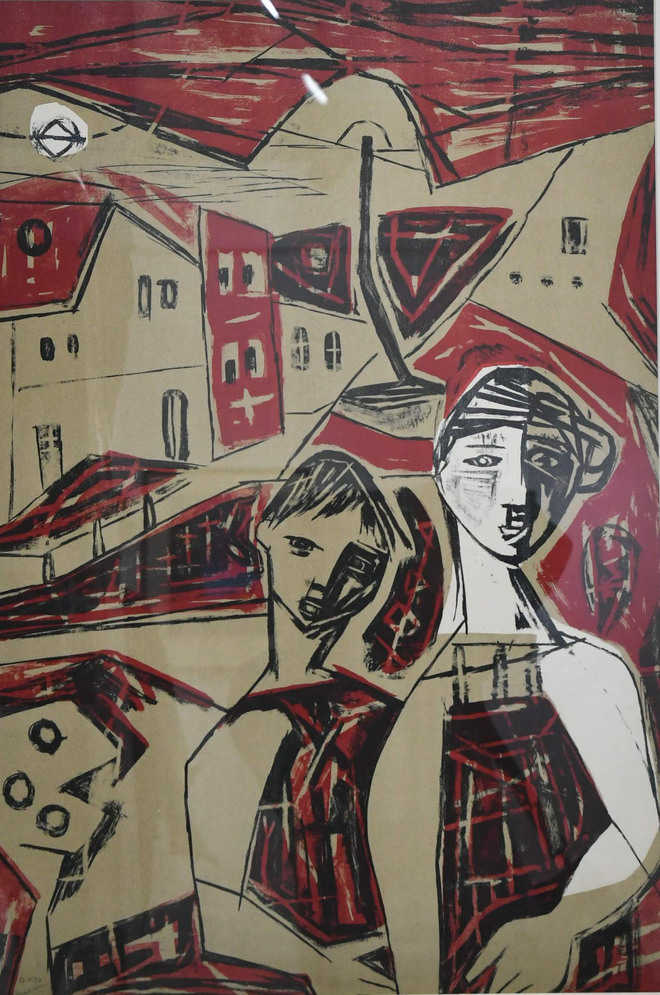
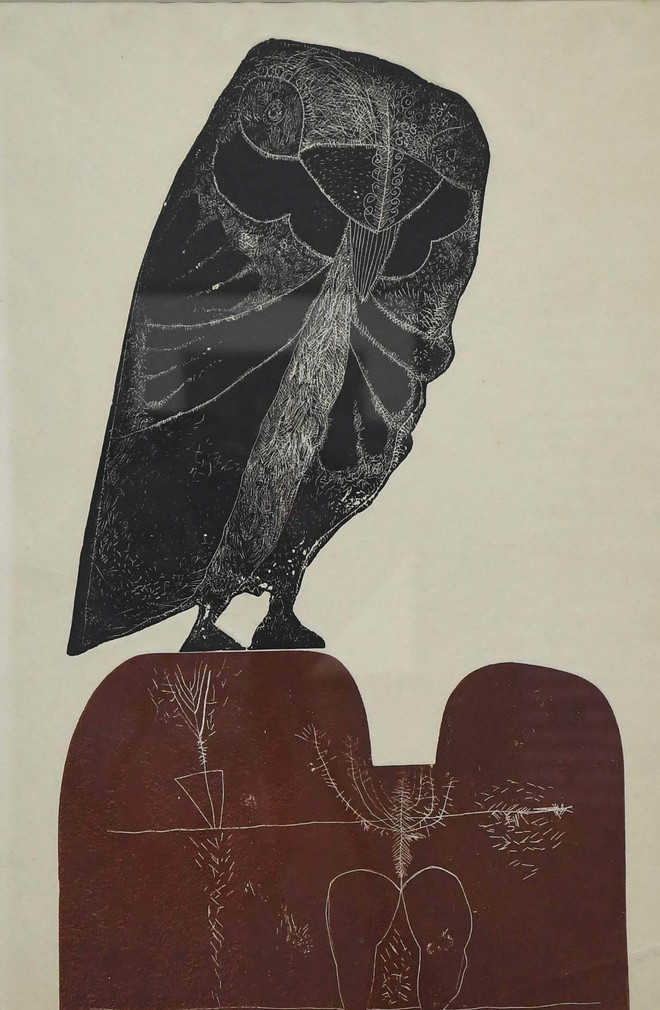
The curator of ‘The Printed Picture, four centuries of Indian printmaking’, 51-year-old Dr Paula Sengupta teaches printmaking at Rabindra Bharati University in Kolkata. In Punjab Kala Bhawan- 16, she has compartmentalised the evolution of printmaking, bringing on board some of the finest artists of the medium, including Anupam Sud, Vijay Bagodi, Ramkinkar Baij, Bampada Bannerjee, Maniklal Banerjee, Amitabha Banerji, Suranjan Basu and Nandalal Bose, among many others. The paintings are not for sale and the exhibition has been put up Punjab Lalit Kala Akamedi and Delhi Art Gallery (DAG).
The first edition of this exhibition series was first put up in Delhi in 2012. After travelling to Delhi, Kolkata, Baroda, Jaipur, and Mumbai, Chandigarh’s hosting the sixth edition of the series. “In 2011, when we started working, the gallery opened a collection 6000 art prints for me,” says Paula.
Talking of printmaking, she opines, “It’s little understood, mostly misunderstood, medium of art,” Printmaking, she says, has a different trajectory and history. “It started as industrial art in colonial era and was derived from printing. These print images were used as book, magazine and newspaper illustrations. Then the broadsheet, the independent display picture came up. This was the means of reproducing pictures, even paintings, for wider circulation,” she explains.
While stating certain advantages of printmaking, she shares that the graphic quality be best realised in only drawing and printmaking. Rooting for the medium’s ductility, she says, “It can give you ductile surfaces and textures. Also, it can be produced in additions, since one is working from a matrix, and have more than one image of the same thing. That leads to wider dissemination and accessibility. It’s easier to pack and move too.”
Paula explains how printmaking became artists’ expression of protest during the during the freedom struggle. “Artists like Chittaprosad, Zainul Abedin and Somnath Hore used this medium as a medium of protest during the freedom struggle,” she says.
“In fact, artists started appropriating this technology to make art in early 1900. In 1917 Gaganendranath Tagore used printmaking as medium to publish a lithographic album. Then came Nandlal Bose. Nandlal Bose is the father of Indian printmaking. He, along with his students, were trained in Kala Bhawan and Shantineketan. They they went out to various art schools in the country to promote printmaking,” she says.
Post independence, in 50s and 60s, artists were in search of a new artistic identity. But printmaking needed infrastructure, so they started collaborating in groups. “This happened across the country, including Calcutta, Madras, and Delhi. In fact, Jagmohan Chopra worked in Delhi and he’s instrumental in setting a vibrant printmaking community in Chandigarh,” says Paula.
The exhibition ends in 1990s with a reference to Indian Printmakers Guild. “This set of artists represent the transition from modernist to contemporary. Jyoti Bhatt is the person responsible for causing this shift and IPG artists took it forward.”
Paula rues over the status of printmaking in India. “Though many young artists are interested in printmaking, it needs niche spaces to survive. Unlike abroad, there’s not a single separate gallery for printmaking in the country.”
On till October 16.
https://www.tribuneindia.com/news/life-style/making-an-impression/654499.htm

